
I find it somewhat amusing that President Donald Trump thinks he can snap his fingers and reopen our houses of worship. Does he have any clue what he’s up against?
Even if every governor honored his wish, how many worshippers would show up?
Here is the brutal reality: Until there is a proven vaccine or cure for the coronavirus, most people will be afraid to wade into crowded spaces, whether that space is a Broadway theater or a synagogue.
It’s such an essential truth of our pandemic era that it’s worth repeating: Crowds have become danger zones.
This poses an especially complicated problem for places like synagogues because a huge part of what they offer is a live communal experience. As much as a synagogue is a place of worship, it also serves as a crucial gathering space where one reconnects with friends and community.
If people attended synagogue only for prayer and sermons, that would be one thing. But they don’t. They go to feel the energy and warmth of their community. They want to mingle. They want to hug. They want the exact opposite of social distancing. They want to chant in unison without fear that their saliva might release dangerous particles.
Here’s the other problem: Synagogues are enterprises that must protect themselves against liabilities. That means even if they do reopen, they will be forced to institute stringent protocols that will undercut the very value of what they offer.
How many congregants, for example, would be willing to pray and chant for several hours while wearing a mask? And if a synagogue doesn’t require wearing one, who would take the risk of showing up?
How many congregants would be willing to pray and chant for several hours while wearing a mask? And if a synagogue doesn’t require wearing one, who would take the risk of showing up?
The fear of a lethal virus has shaken both sides of the “synagogue transaction.” On one side, safety restrictions undermine the freewheeling and open nature of the synagogue experience; while on the other, congregants who normally value that experience see it as simply too risky during these pandemic times.
Until people feel safe wading back into crowds, this unfortunate situation is likely to persist. As we get closer to the High Holy Days, a time when most Jews are used to sitting in large crowds, this reality will become unavoidable.
In the non-Orthodox world, it will be painful but more manageable because there is the fallback position of online prayer services.
In the Orthodox world, where use of technology is not permitted on Shabbat and holidays, it will be more painful with limited options. Some synagogues may offer smaller services with strict safety protocols. But I suspect we will see plenty of services in private homes, many of them outdoors, where it is safer.
Regardless of denomination, classic synagogue services with crowded gatherings won’t happen anytime soon. For most people, fear of a deadly virus is trumping everything.
The unprecedented challenge of COVID-19 is bringing out our most compassionate and resourceful sides.
When our backs are against the wall, though, the best in humanity seems to come out. I have never seen so many inspirational messages from spiritual leaders. Communities are making an extraordinary effort to stay connected through online programming and other initiatives. I have seen volunteers delivering meals to the needy, or spending time with lonely Holocaust survivors stranded in their homes.
In other words, no one is giving up. If anything, the unprecedented challenge of COVID-19 is bringing out our most compassionate and resourceful sides.
Many people are finding their own silver linings. Some are using the crisis to become better human beings. Someone told me recently that by being forced to pray at home on Shabbat, he is getting closer to God and finding more meaning in the prayers. As much as he values the social aspect of the synagogue, he has come to value the intimacy of prayer in the serenity of his home.
Maybe this is a sign of the changing Jewish landscape—community online, intimacy offline. Our physical spaces now allow for very small groups, either indoors or outdoors, which means more emphasis on family, nature, self-reflection and close friends.
Meanwhile, our online spaces enable us to keep our connections with our broader communities, expand our Jewish learning and nurture our charitable interactions.
But let’s be honest — in so many ways, we’ve been humbled and thrown off balance by this nasty virus. Online or offline, it is a slower, uncertain, more modest communal experience that is suddenly upon us. It’s to our credit that we are making the best of it.
What will happen when our fear of the virus is behind us? Will we flock back to our gathering places or will we have settled into new habits? Maybe a combination of both? And what will those gathering places look like? How will we have changed?
Those questions are important but not immediate. Right now, all I know is that regardless of what our president thinks, “safety first” is dominating our consciousness and challenging our habits — including that timeless habit of getting choice tickets for those crowded High Holiday services.







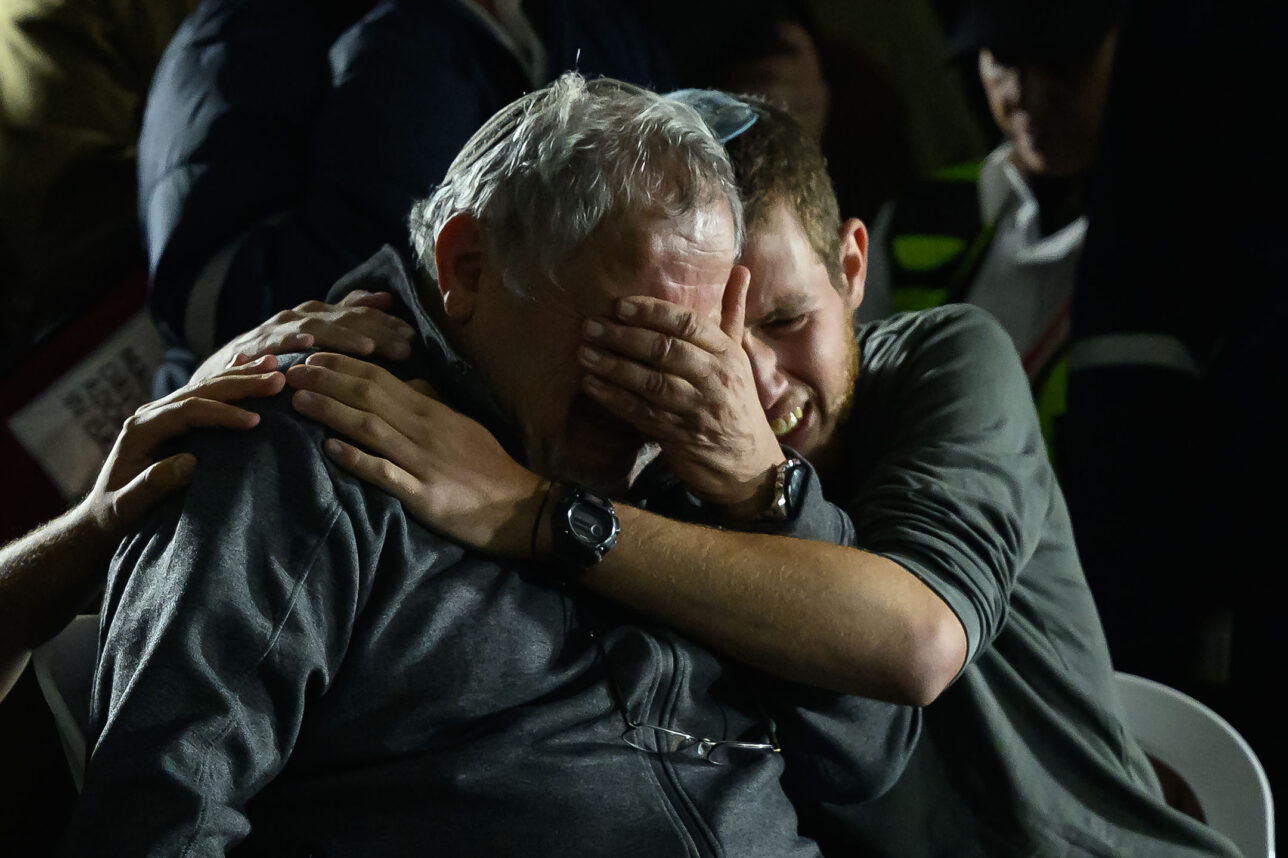
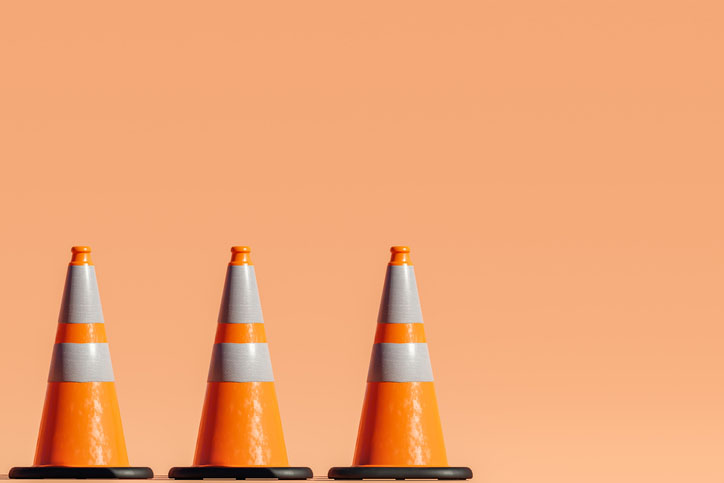

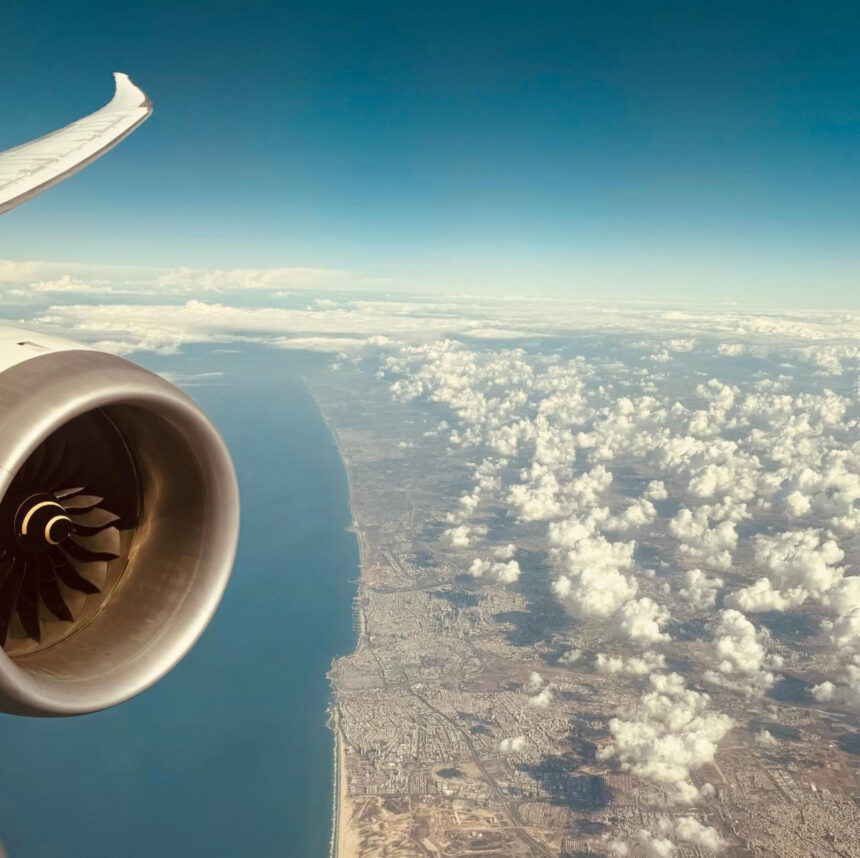


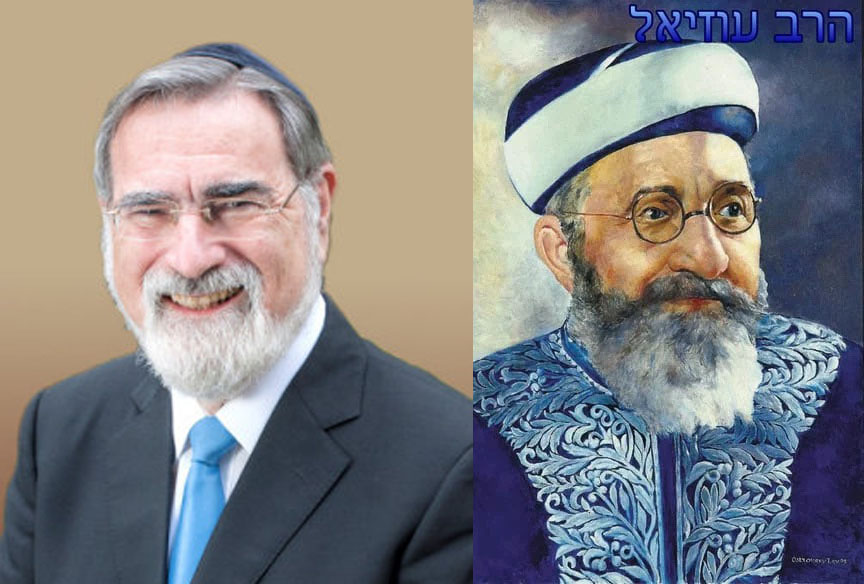
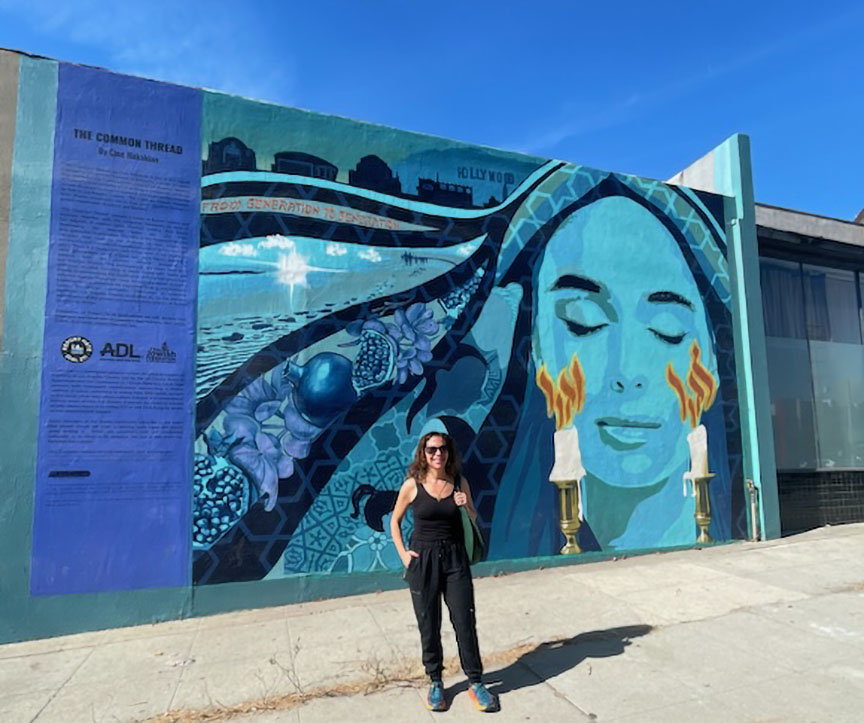
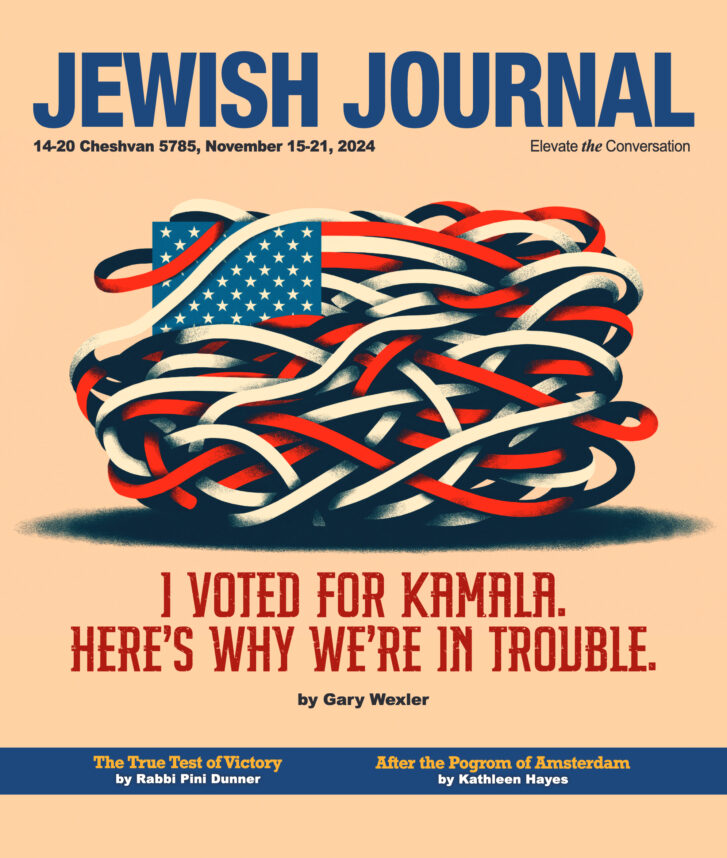
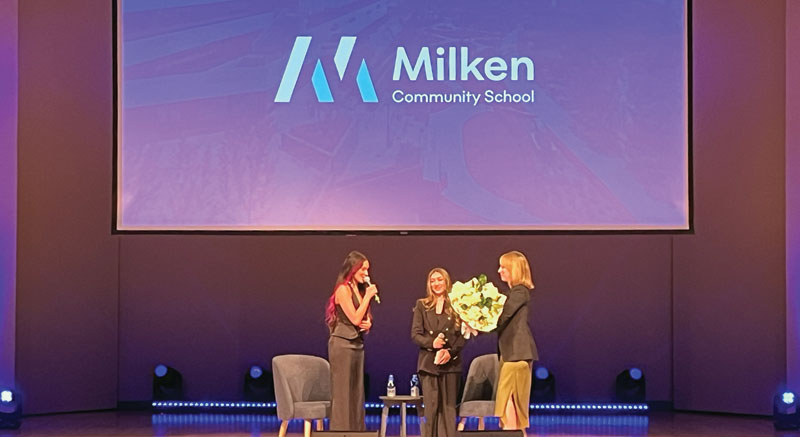





 More news and opinions than at a Shabbat dinner, right in your inbox.
More news and opinions than at a Shabbat dinner, right in your inbox.